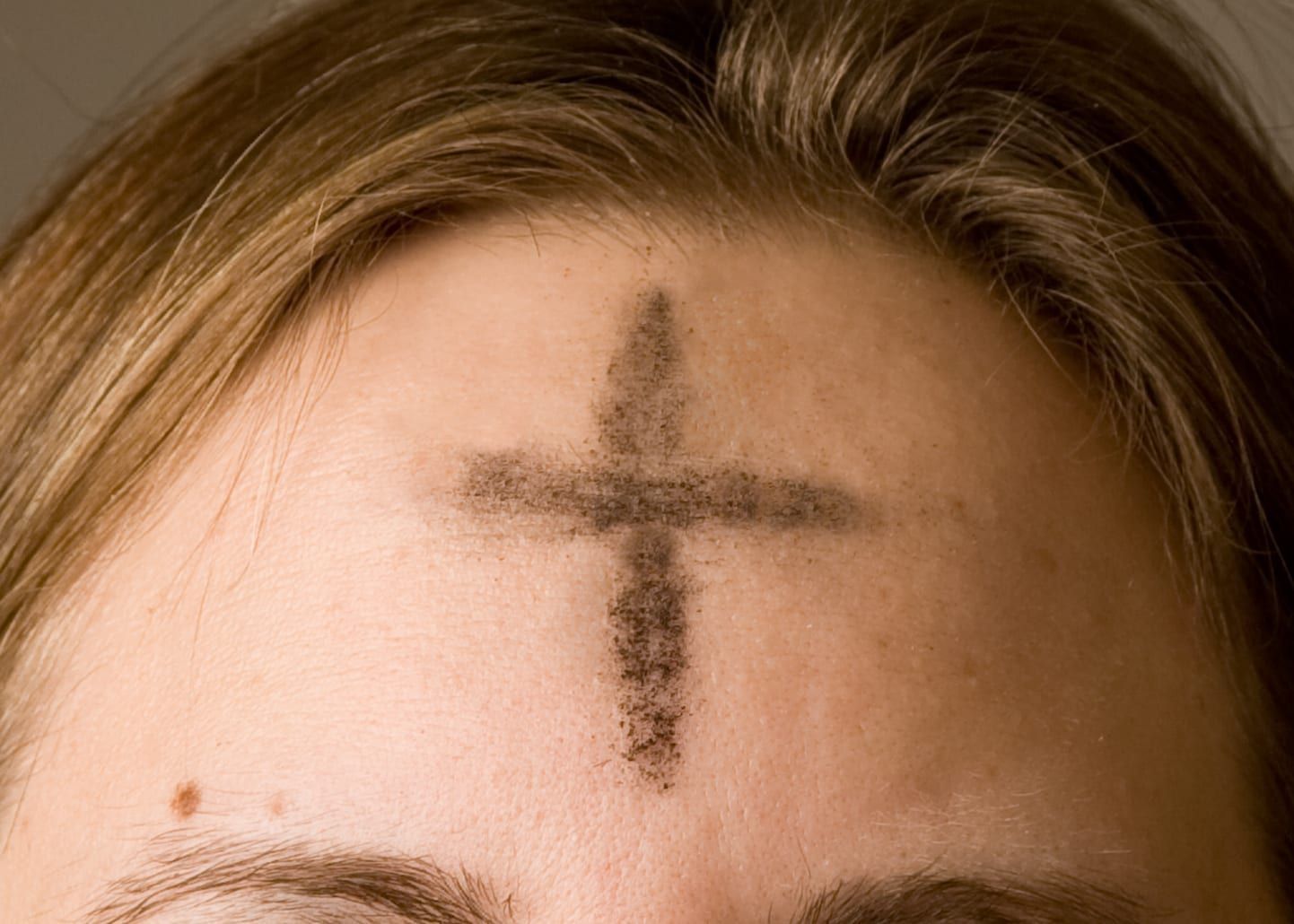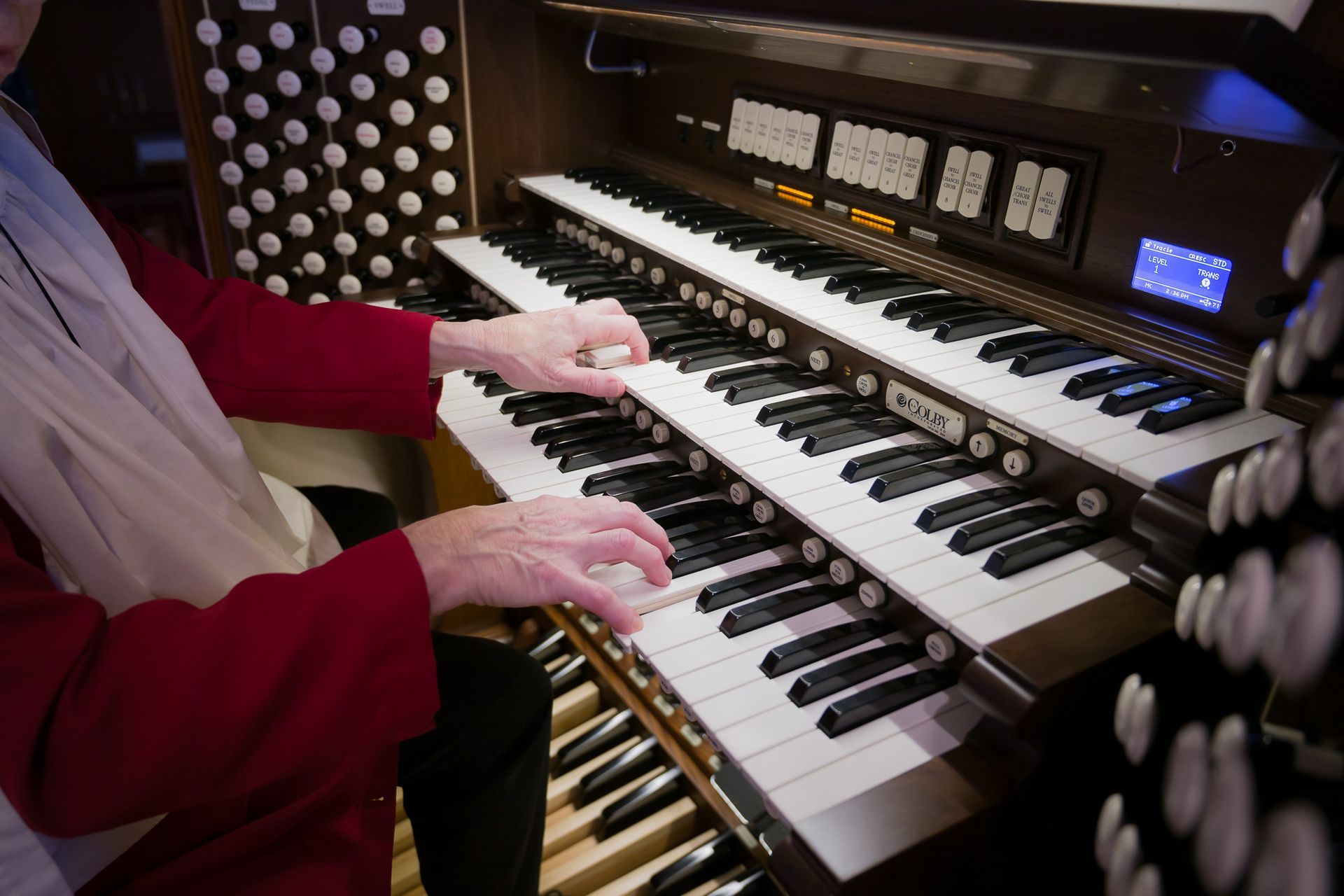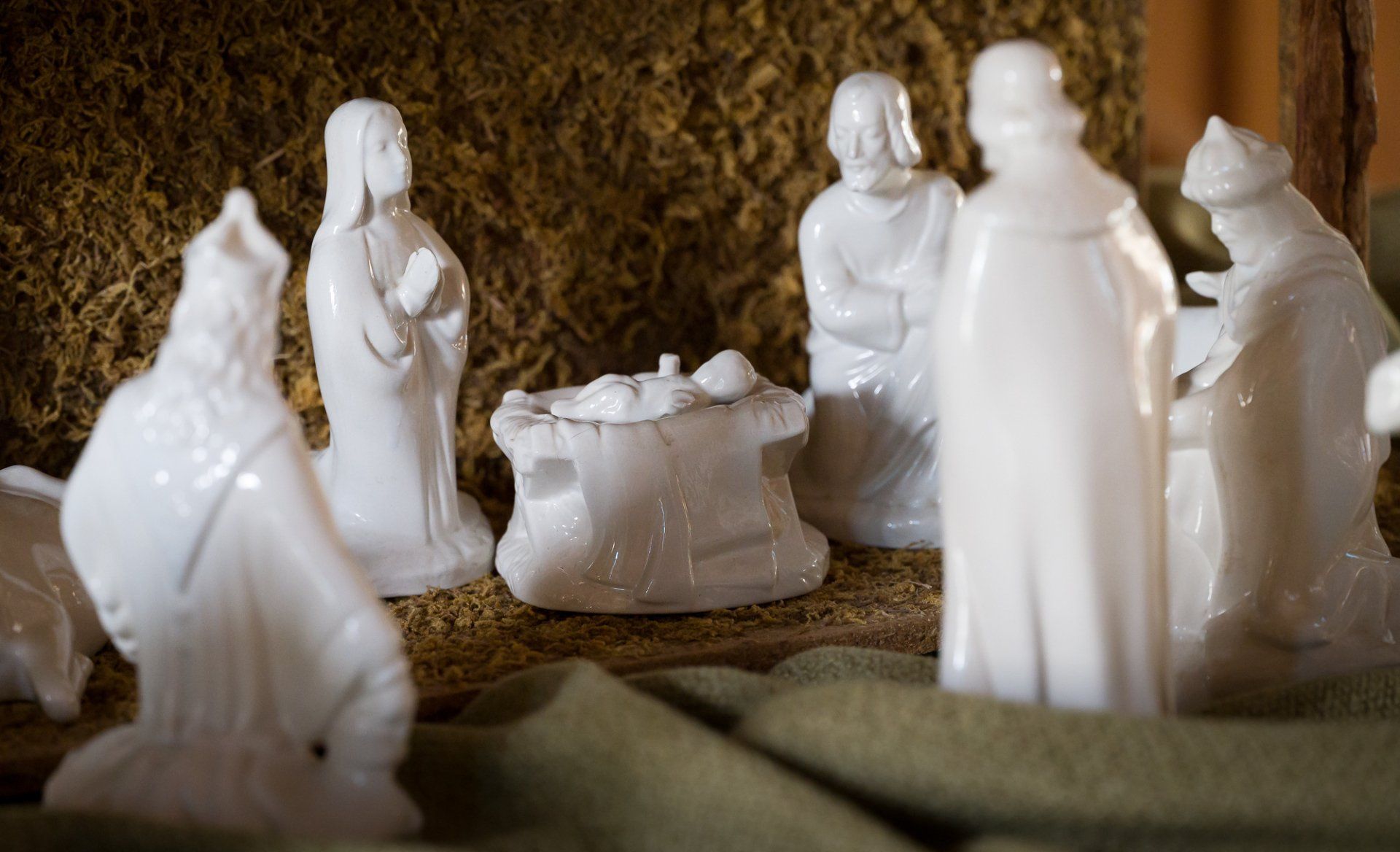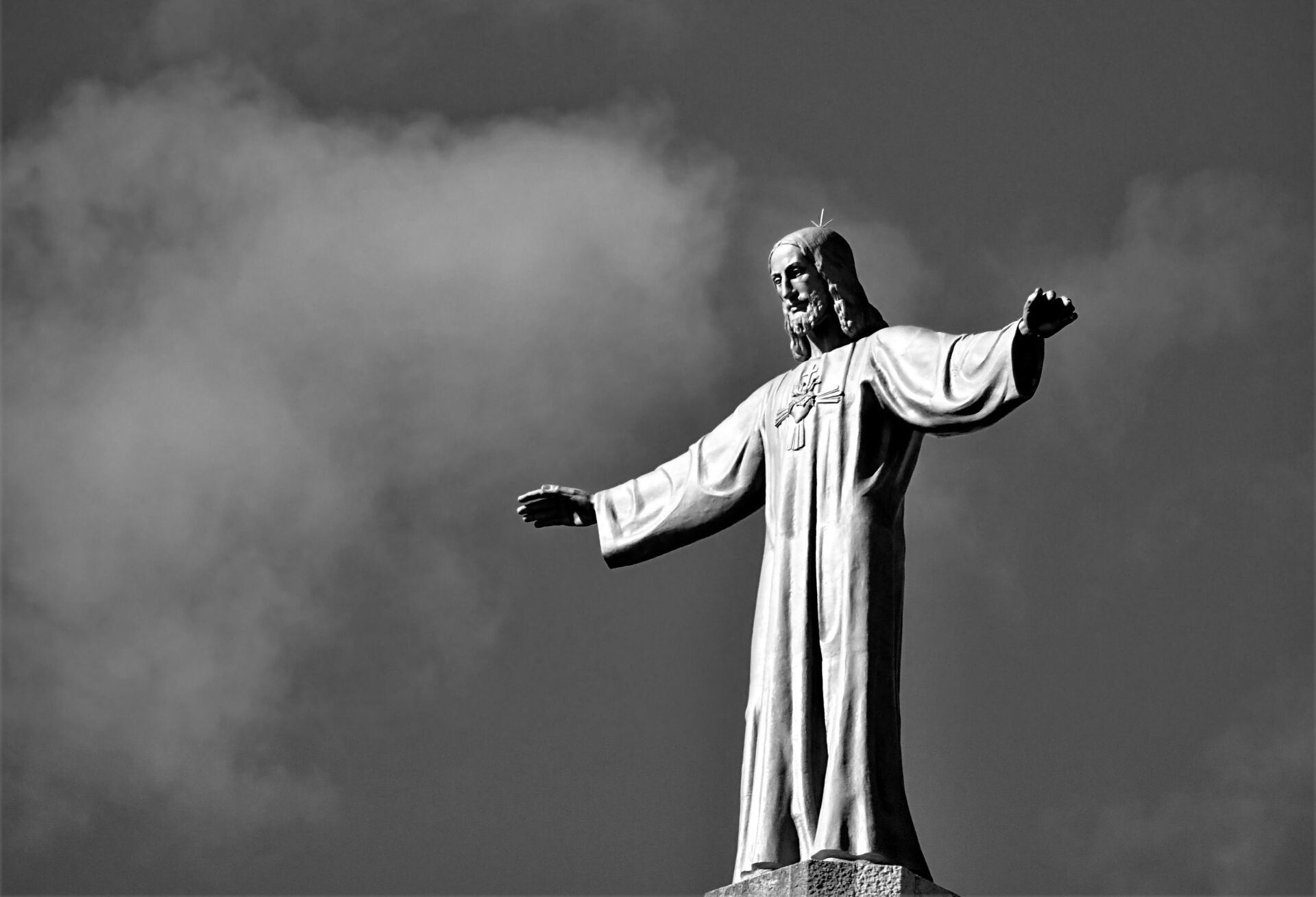The Episcopal Church
Why do we Flower the Cross at Easter

On Easter Sunday morning some Episcopal, Lutheran, and other Protestant churches incorporate a folk ceremony called “The Flowering of the Cross” into their worship service. Members of the congregation bring flowers or greenery to church. A bare wooden cross, dotted with pin holes, covered with chicken wire or strung with vines stands in the church. At some point before, during or after the service worshipers are invited to approach the barren cross and twine a flower around one of the wires or vines, or to place a blossom in one of the pinholes. The congregation continues to decorate the cross until flowers cover it completely.
Some churches link this ceremony to other events in the Christian year by making the cross out of the previous year's Christmas tree. The barren cross may then be brought into the church on Ash Wednesday or on some other suitable occasion during Lent.
The flowering of the cross represents the transition from Good Friday to Easter, from meditation on Jesus' death to joyful celebration of his resurrection. The ceremony transforms a barren cross, a reminder of Jesus' death, into an Easter symbol. Covered with fresh, living flowers, the cross serves not only as an emblem of Jesus' resurrection but also of the continuing presence of Christ among today's Christians. In another variation of this ceremony worshipers cover the cross with homemade butterflies, another symbol of new life.












